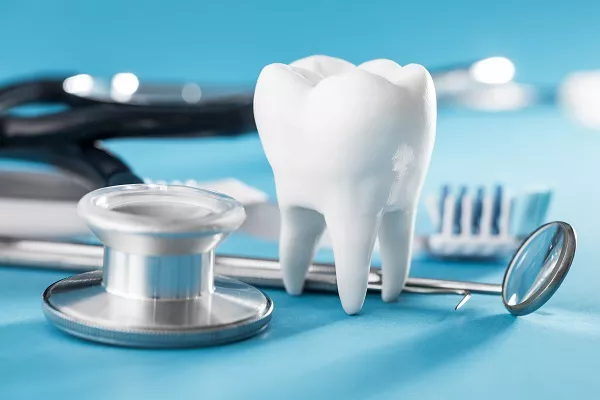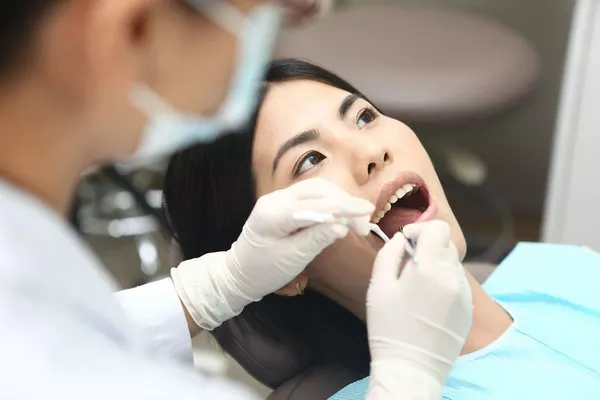Gum disease, also known as periodontal disease, is a common oral health condition that affects not only humans but also our beloved feline companions. While many pet owners may not be aware of this issue, gum disease in cats can lead to significant discomfort, pain, and even systemic health problems if left untreated. In this article, we’ll delve into the topic of gum disease in cats, examining its causes, symptoms, and treatment options to help pet owners understand and address this often-overlooked aspect of feline health.
1. Causes of Gum Disease in Cats:
Plaque and Tartar Buildup: bst like humans, cats can develop plaque and tartar on their teeth, especially if their dental hygiene is neglected. Over time, this buildup can lead to gum inflammation and infection, eventually progressing to gum disease.
Poor Oral Hygiene: Cats that do not receive regular dental care, including brushing and professional cleanings, are at a higher risk of developing gum disease. Lack of oral hygiene allows bacteria to thrive in the mouth, leading to periodontal problems.
Diet: A diet high in carbohydrates and low in dental-friendly nutrients can contribute to the development of gum disease in cats. Feeding dry kibble exclusively may not provide sufficient dental benefits, increasing the risk of oral health issues.
2. Symptoms of Gum Disease in Cats:
Bad Breath (Halitosis): One of the most common signs of gum disease in cats is persistent bad breath. This foul odor is often caused by the accumulation of bacteria and food particles in the mouth.
Red or Inflamed Gums: Healthy gums in cats should be pink and firm. If you notice that your cat’s gums appear red, swollen, or bleeding, it could be a sign of gum disease.
Best Way To Treat Gum DiseaseThe presence of yellow or brownish deposits on the teeth, especially near the gum line, indicates the formation of dental calculus or tartar. This hardened plaque can contribute to gum inflammation and disease.
Difficulty Eating: Cats with advanced gum disease may experience pain or discomfort while eating, leading to changes in their eating habits or reluctance to chew hard food.
3. Diagnosis and Treatment:
Veterinary Examination: If you suspect that your cat may have gum disease, it’s essential to schedule a veterinary examination promptly. During the exam, the veterinarian will assess your cat’s oral health, including the condition of the teeth and gums, and may recommend further diagnostic tests such as dental X-rays.
Professional Dental Cleaning: Treatment for gum disease in cats often involves professional dental cleaning under anesthesia. During the procedure, the veterinarian will remove plaque, tartar, and calculus from the teeth and below the gum line, addressing any underlying issues contributing to gum disease.
Antibiotics and Pain Management: In cases of advanced gum disease or oral infections, your veterinarian may prescribe antibiotics or pain medication to alleviate discomfort and promote healing.
4. Prevention and Home Care:
Dental Hygiene Routine: Establishing a regular dental hygiene routine for your cat is essential for preventing gum disease. Brushing your cat’s teeth daily with a pet-safe toothbrush and toothpaste can help remove plaque and bacteria, reducing the risk of periodontal problems.
Dental Chews and Treats: Offering dental chews or treats specifically designed to promote oral health can supplement your cat’s dental hygiene routine. These products help reduce plaque and tartar buildup while providing dental-friendly nutrients.
Regular Veterinary Check-ups: Schedule regular veterinary check-ups for your cat to monitor their oral health and address any dental issues promptly. Your veterinarian can recommend appropriate preventive care measures and treatment options based on your cat’s individual needs.
Conclusion
In conclusion, gum disease is a significant oral health concern for cats that can lead to discomfort, pain, and systemic health problems if left untreated. By understanding the causes, symptoms, and treatment options for gum disease in cats, pet owners can take proactive steps to promote their feline companions’ oral health and overall well-being. Establishing a regular dental hygiene routine, providing dental-friendly nutrition, and scheduling routine veterinary check-ups are crucial for preventing gum disease and maintaining optimal oral health in cats. If you suspect that your cat may have gum disease, don’t hesitate to consult with your veterinarian for a comprehensive evaluation and personalized treatment plan. With proper care and attention, you can help your cat enjoy a healthy and happy life free from the discomfort of gum disease.
What Is The Best Way To Bleach Your Teeth
Unveiling the Best Toothpaste for Gum Disease: A Comprehensive Guide
































